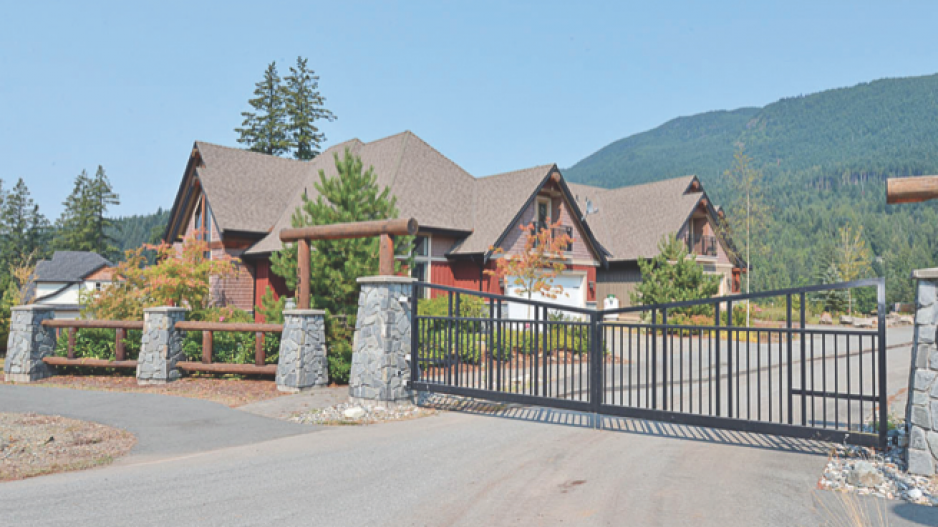Rental starts surge – in California
A decade ago, much was made of the success Vancouver developers such as Bosa Development Corp. enjoyed building condos in California.
Then the sub-prime mortgage crisis hit, followed by the global financial meltdown of 2008.
Today, a half-dozen years on from the so-called Great Recession, property development is a different game. There’s more caution, less appetite for risk, and homebuilder Intergulf Development Group has turned its attention to rental projects in the Golden State.
“This is the first time since ’08 that we’ve actively been pursuing new opportunities,” said Shaadi Faris, vice-president of Intergulf. “All of the stuff we’re doing in California now is rental, but we’ve found the rental market to be exceedingly strong.”
Intergulf’s projects include a 172-unit wood-frame complex in Santee, east of San Diego, as well as a site in Long Beach, acquired before the financial crisis, which is proceeding with 216 market rental units rather than condos. It’s also scouting opportunities in Arizona.
The payoff lies in better returns than Vancouver affords.
“There is still some opportunity for growth there and margins that make a bit more sense,” Faris said. “It’s a good balance to the really competitive nature of what we see up here.”
Foreign getaways
Vancouver steals the spotlight when it comes to international investment, but a stream of money is quietly flowing upstream from the city.
Two years ago, CBRE Ltd. announced that Aldesta Hotel Group had acquired Harrison Hot Springs Resort and Spa for $32.3 million. Backed by mainland Chinese capital, the Vancouver-based hotelier added the property to a portfolio that also includes Poet’s Cove Resort and Spa on South Pender Island.
Chilliwack-based homebuilder Odessa Group is now finding foreign money keen to acquire a slice of its Harrison Highlands project, which quietly launched last November and is now in full marketing flare. Approximately a quarter of the 49 units in the first phase of the 90-acre subdivision have sold, with buyers ranging from commercial fishers to Kuwaiti professionals.
“This is going to be their Canadian vacation property. They bought one of our biggest houses,” Nathan Stone, principal of Odessa Group, said of the Kuwait buyers.
A couple nearing retirement age whose children have established careers, the Kuwaiti buyers are typical of those eyeing the project, which is tipped as ideal for “active retirees.”
Stone said the majority of buyers – 80% to 90% – are age 45 and up.
“They’re all either preparing to retire or are semi-retired or are fully retired,” he said.
The initial units are all single-family homes, but future phases will include duplexes and townhomes.
“We’re going to do a little bit of multi-family,” Stone said. “The whole community will end up being somewhere between 300 and 400 units.”
Industrial volume
Most people measure real estate in square feet, but a new report from Colliers International looks at industrial space in terms of overall volume.
Metro Vancouver’s existing industrial stock totals approximately 193 million square feet. With premises built before 2010 typically offering ceiling heights of 26 feet or less, the volume of space on offer totals approximately four billion cubic feet.
But with ceiling heights rising – Boundary Bay Industrial Park offers 36-foot ceilings – that same footprint could theoretically accommodate at least 50% more storage.
Of course, not all sites are created equal, and there’s a significant cost to redeveloping existing industrial properties. However, Colliers notes that the efficiencies of creating more volume pay off for tenants, who can make do with less square footage, and for landlords, who can accommodate more tenants within the same footprint.
Report author Stefan Morissette, associate vice-president, industrial, for Colliers, said 32-foot ceilings are ideal as greater heights are prohibitively expensive, but circumstances could change as land supplies dwindle.
“Down the line, as we keep running out of land, and eventually have none left in less than 10 years, it may make more sense to go up to 36 and 40 feet,” he said. •




